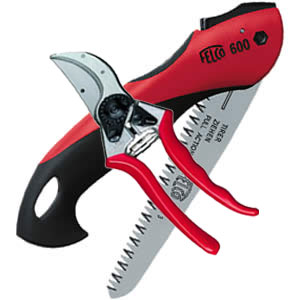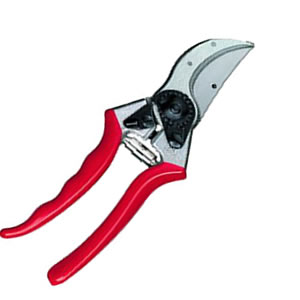Pruning Roses for Winter

Roses are far less work than many people think – in fact, they’re generally quite hardy.
That said, they are vigorous growers, and regular pruning is essential to keep rose bushes tidy and manageable, as well as minimise pests and diseases.
Timing is important when it comes to pruning roses.
Australia has a less severe climate than many parts of the northern hemisphere, so it’s worth checking sources specific to your local climatic zone about the best times to prune throughout the year.
 Pruning roses for winter
Pruning roses for winter
Roses should be pruned twice a year, in summer and winter. While summer pruning is essentially deadheading spent flowers, winter pruning is a bit more complex. Its goal is to promote strong, healthy new growth in spring by cutting back the canes (stems) while the plant is dormant.
Ideally, do your winter rose pruning in June or July, except in very cold areas where leaving it until early August is preferable. Read on to learn how to do it.
How to prune roses
Step 1
Remove any remaining foliage and dead flowers. Along with taking out any pests or diseases that may have attached themselves to the leaves, this enables you to see the structure and arrangement of the canes more easily.
Step 2
Check for any dead wood, and cut it down to the stump. You can tell that wood is dead when it’s brown (rather than green) inside when you cut into it. 
Step 3
Begin shaping the plant. The approach you take may differ depending on the type of rose bush you’re pruning, but as a rule, aim to open up the centre to create a vase-like shape.
Try to remove any branches that are crossed over and rubbing against each either.
Don’t be timid about taking out large sections of the bush – this generally needs to be done every couple of years. Eventually, old branches need to be removed to direct energy into new growth.
Step 4
Check for any spindly, weak stems (those thinner than a biro) and remove these.

Step 5
Cut back the remaining canes, removing a third to half of their length.
To do this, identify an outward-facing bud eye, which is a small bump found where a leaf would connect with the stem.
Cut approximately a centimetre above the bud eye, at a 45 degree angle sloping away from the bud. This encourages new growth to develop outward rather than inward.
Step 6
Dispose of all leaves and branches removed from the plant, and thoroughly clean and dry your pruning tools before storing them. This will minimise the spread of any pests and diseases. A lubricant spray will help keep your pruning tools in great condition.
Step 7
Around three weeks after pruning, fertilise your roses to help them bounce back in spring. While the plants are dormant, you can also give them a spray with lime sulfur to help protect against fungal diseases and scale.
Tools for pruning roses
- Heavy duty gardening gloves, ideally in a gauntlet-style that covers the forearm to provide extra protection from thorns. We also recommend wearing a long-sleeved shirt in a heavy fabric.
- Good quality pruning secateurs with bypass (not anvil) blades. Bypass shears have blades that overlap, which makes for a cleaner cut and less likelihood of damaging the canes. There are many pruner tools available such as the Darlac range, including ones designed for smaller hands and left-handed use.
- A pruning saw can be helpful for cutting thicker, older branches at the base of the plant.
Ultimately, roses are quite hardy and will greatly benefit from a good winter pruning. Unless you’re growing roses professionally or for show, it’s pretty hard to go wrong with pruning rose bushes if you keep to these guidelines. Get in there and give your roses a good winter haircut for strong, healthy and pest-resistant new growth and blooms in spring.

 Pruning roses for winter
Pruning roses for winter 










Comments are closed.